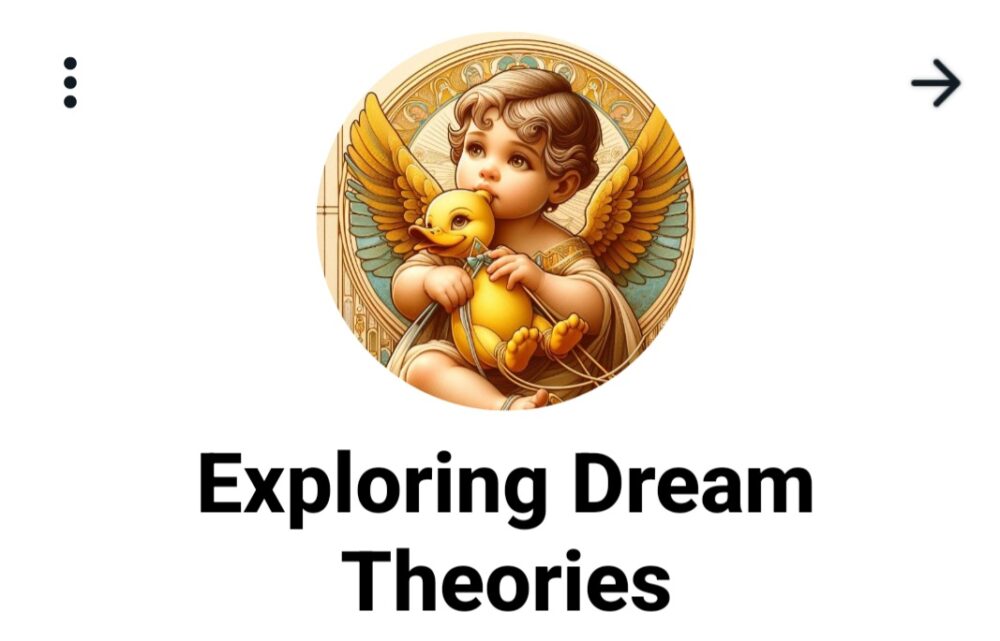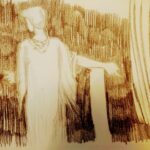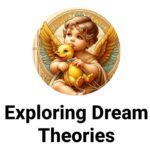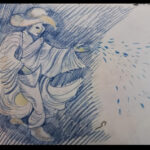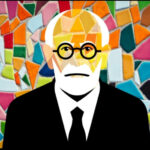In our expansive website, we traversed the intriguing landscape where dreams intersect with creativity, consciousness, and existential philosophy. This journey illuminated the multifaceted ways in which dreams contribute to invention, artistic expression, and our understanding of the human condition.
The Power of Dreams in Spurring Inventions
We began by acknowledging dreams as a rich source of inspiration for inventors across history. Esteemed panelists like Carl Jung and Sigmund Freud highlighted dreams as windows to the unconscious, offering access to a collective well of knowledge and creativity. Rosalind Cartwright and Deirdre Barrett emphasized dreams’ role in problem-solving, suggesting that the mind’s nocturnal wanderings reorganize experiences, fostering epiphanies that can lead to revolutionary inventions. The consensus underscored dreams as potent catalysts for creativity, with the ability to transcend the boundaries of waking thought and conventional logic.
Harnessing Dreams for Creativity
Our discussion evolved to consider practical ways individuals can harness their dreams for creative and inventive purposes. Techniques such as lucid dreaming, dream journaling, and dream incubation were explored. Lucid dreaming, as Stephen LaBerge posited, offers an extraordinary workshop for creativity, allowing the dreamer to consciously engage with the dream environment. Similarly, Antti Revonsuo and others discussed the importance of preparing the mind for creative insights through dreams, suggesting practices that enhance dream recall and engage the problem-solving capacities of the dream state.
Creativity Beyond the Dream World
We also delved into fostering creativity in waking life, emphasizing the need for an environment that encourages ‘outside-the-box’ thinking. The panel suggested engaging with the unconscious through active imagination, promoting a state of relaxed attention to stimulate creative connections, and embracing a playful, curious approach to challenges. The discussion highlighted the importance of integrating our understanding of dreams and unconscious processes into our daily creative practices.
Existential Philosophy and Creativity
Expanding the conversation further, we explored the intersection of existential philosophy with creativity. Drawing from the insights of existential thinkers like Erich Fromm, Jean-Paul Sartre, and Simone de Beauvoir, we examined how the existential themes of freedom, responsibility, ambiguity, and the search for meaning deeply resonate with the creative process. These philosophers propose that creativity is not merely a means to an end but a fundamental expression of our quest for identity and meaning, urging us to confront the inherent uncertainties of existence with inventiveness and courage.
Artists Inspired by Dreams
Highlighting artists like Salvador Dalí and Frida Kahlo, we explored how dreams have influenced the world of art, providing a gateway to the subconscious that allows for the exploration of deep personal and universal themes. These artists exemplify how the surreal, abstract nature of dreams can be harnessed to evoke powerful emotional responses and provoke thought, challenging conventional perceptions and encouraging viewers to question their understanding of reality.
The Concept of Protoconsciousness
We touched upon the concept of protoconsciousness as a fundamental aspect of brain function and a precursor to waking consciousness. This concept suggests that dreams play a crucial role in the mind’s creative and problem-solving processes, offering insights into the potential for creativity that exists within the protoconscious state and its expression through art and invention.
Existential Philosophy in the Context of Dreams
Integrating existential philosophy, we discussed how the existential conditions of freedom, responsibility, ambiguity, and the will to power can inspire a dynamic approach to creativity. This perspective encourages us to view our creative endeavors as integral to our existential quest, using art and innovation as means to navigate, interpret, and assert our place in the world.
Modern Applications and Technologies
The conversation acknowledged the role of modern technology in enhancing our engagement with dreams and creativity. Wearable tech, apps designed to track and influence sleep stages, and virtual reality offer new ways to explore the creative potential of dreams, suggesting that the boundary between the dreaming and waking states is more permeable and interconnected than previously thought.
Practical Advice for Harnessing Dream Creativity
The panel offered practical advice for individuals seeking to tap into the creative power of their dreams, emphasizing the importance of intentionality, dream journaling, and engaging with the symbolism and emotional content of dreams. These practices not only enhance dream recall and interpretation but also encourage a deeper engagement with the unconscious mind, fostering a rich soil for creativity and innovation.
Creativity as an Expression of Human Experience
Throughout our discussion, a recurring theme emerged: creativity is a profound expression of the human experience, deeply intertwined with our unconscious processes, existential struggles, and the continuous quest for meaning and identity. Whether through dreams, artistic endeavors, or the exploration of new ideas, creativity offers a means to transcend the ordinary, challenge the status quo, and explore the boundless possibilities of the human mind.
Conclusion
In conclusion, our exploration revealed that dreams are not mere byproducts of sleep but essential components of the human creative and existential experience. By embracing the insights offered by dreams, engaging with our unconscious minds, and applying the principles of existential philosophy, we open ourselves to a wellspring of creativity that can lead to personal growth, innovative breakthroughs, and a deeper understanding of the tapestry of human consciousness. This dialogue underscores the importance of valuing and integrating the mysteries of the dreaming mind into our waking lives, encouraging us to approach life with curiosity, openness, and a relentless pursuit of creative expression.
